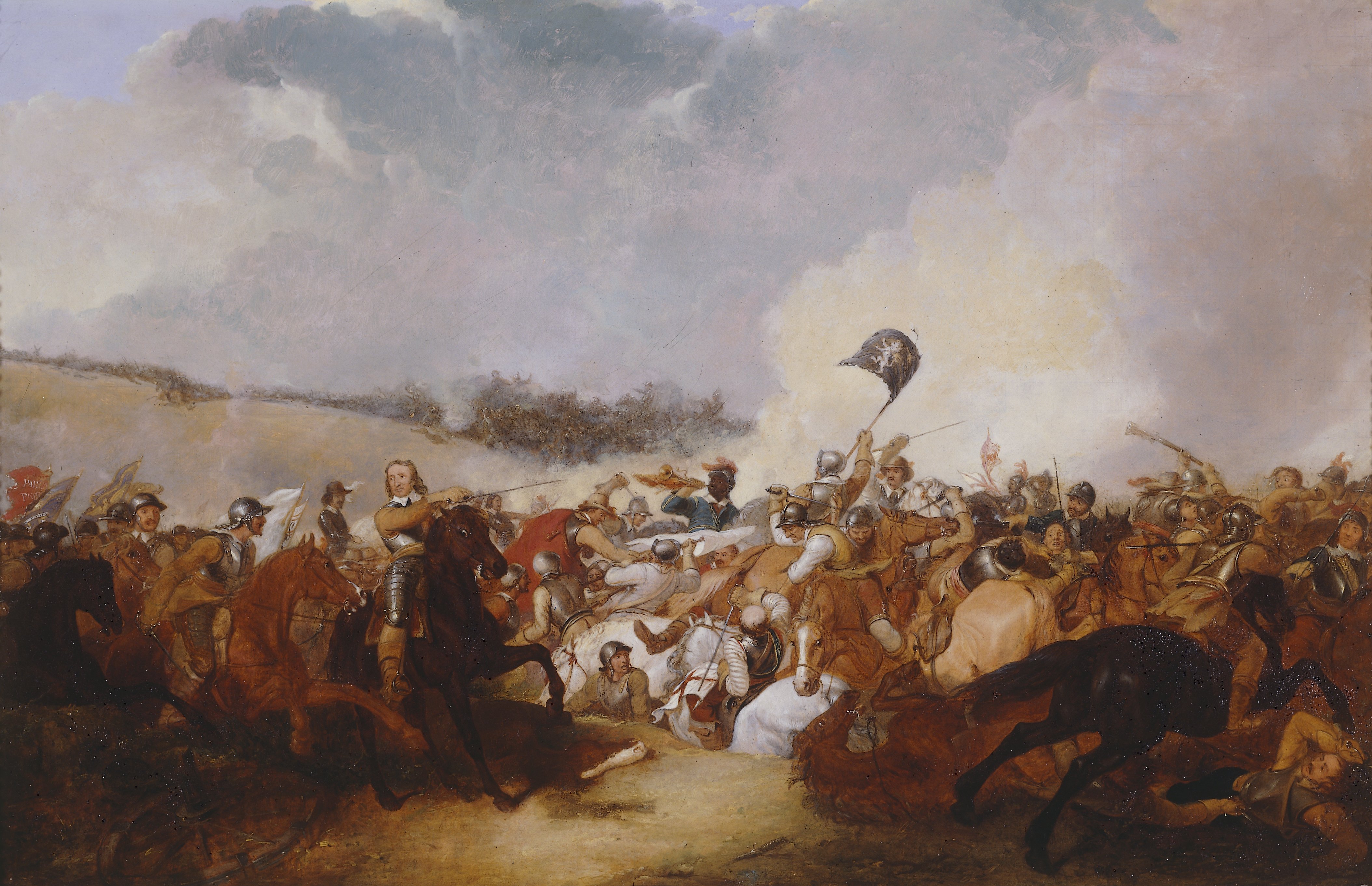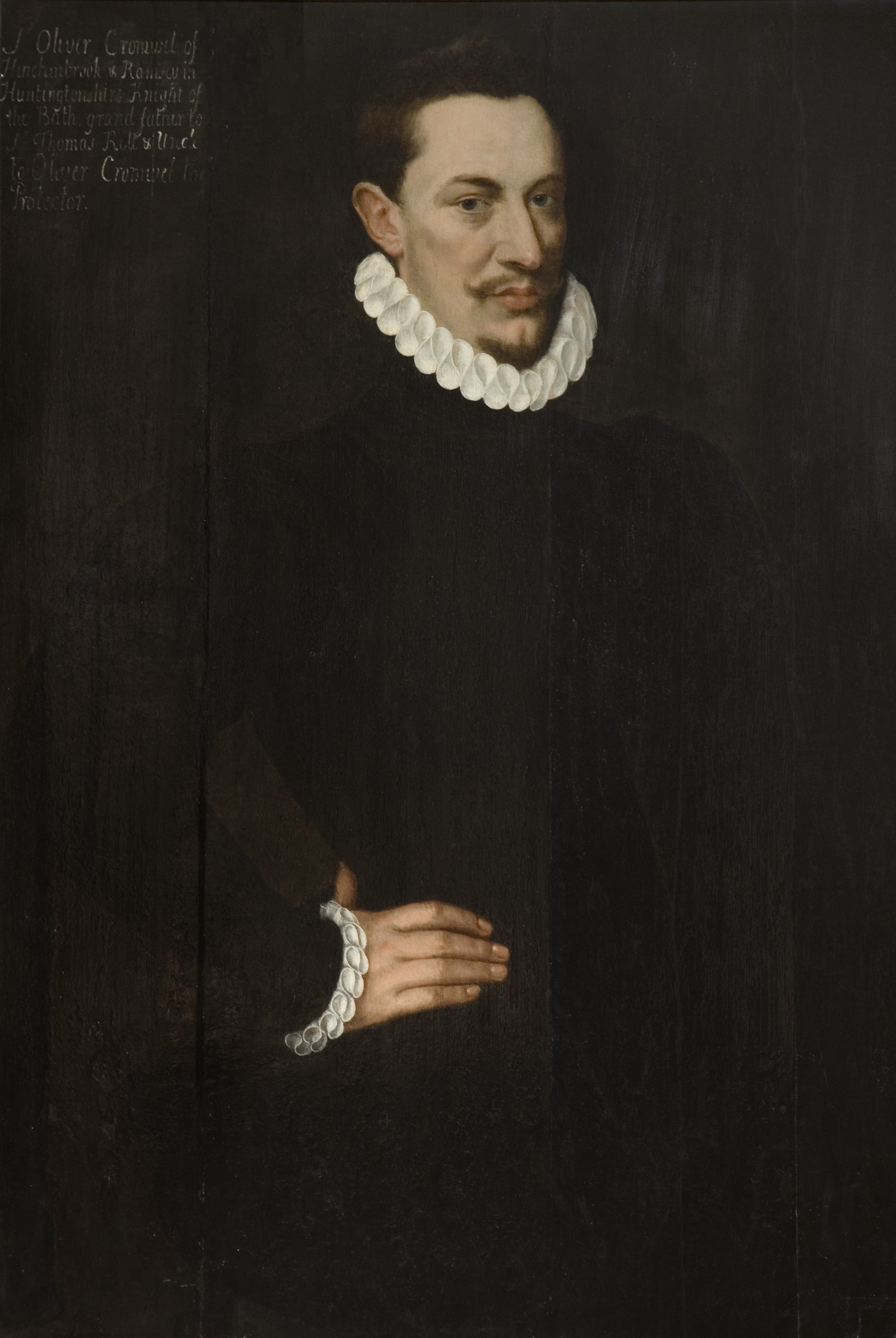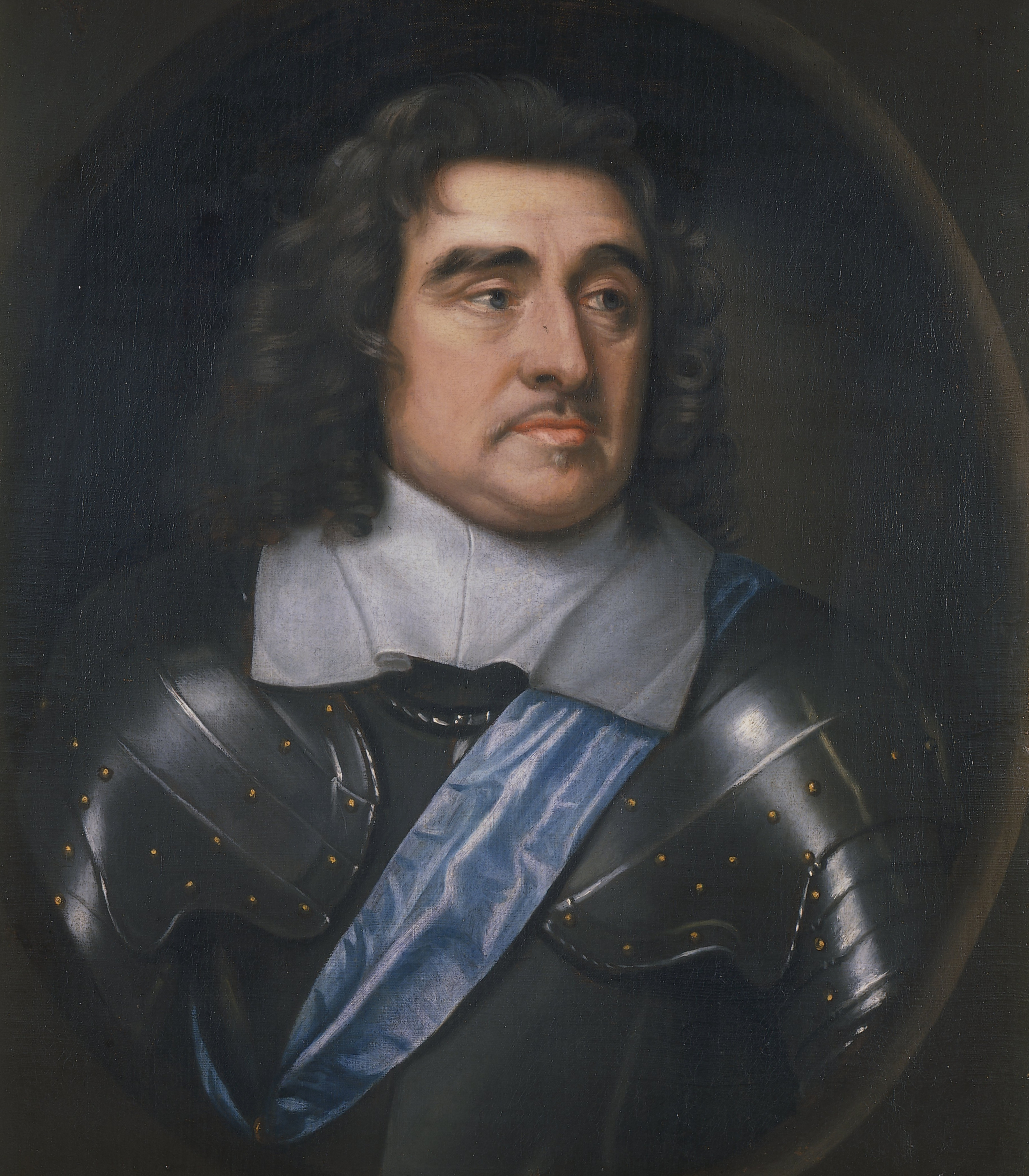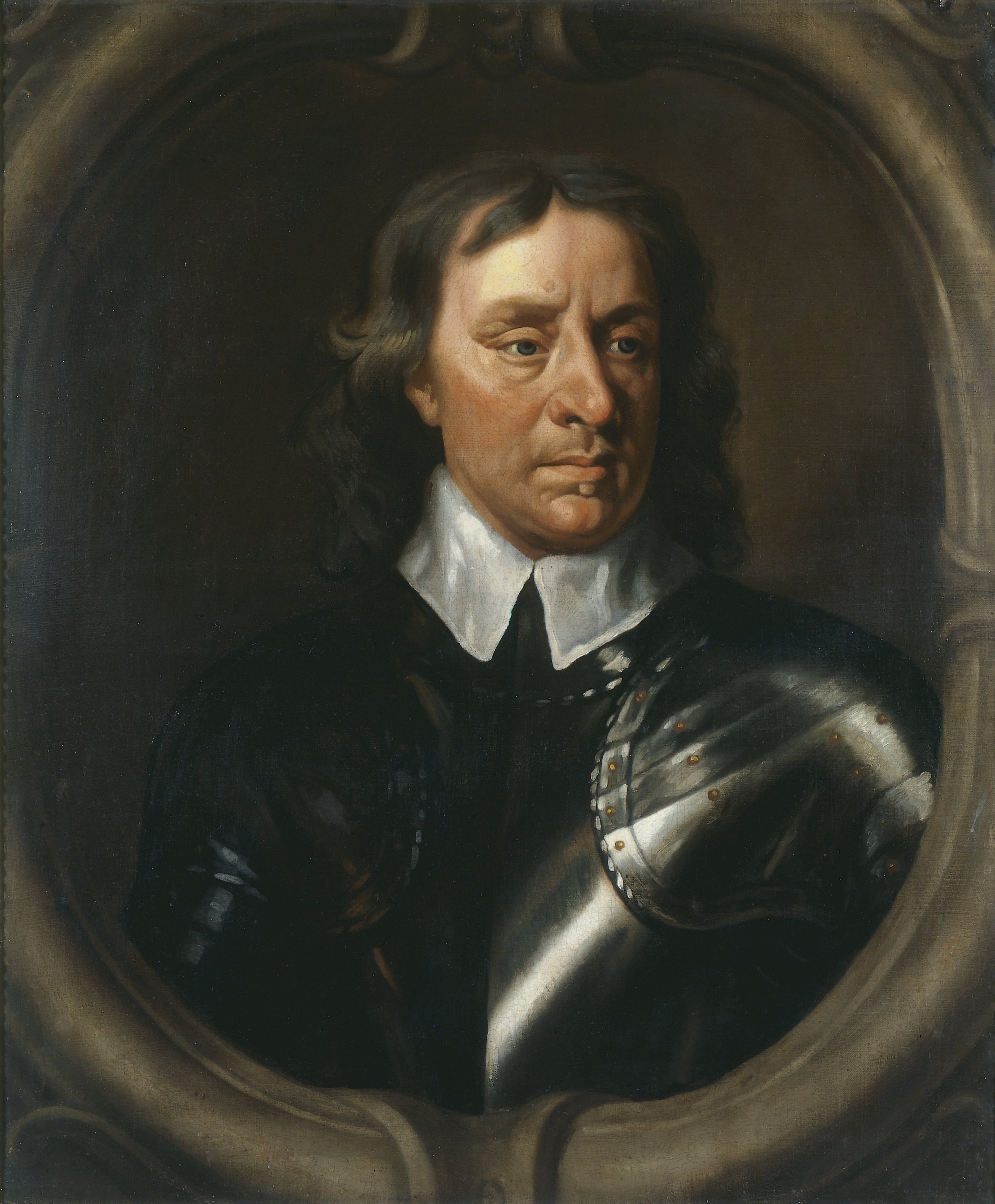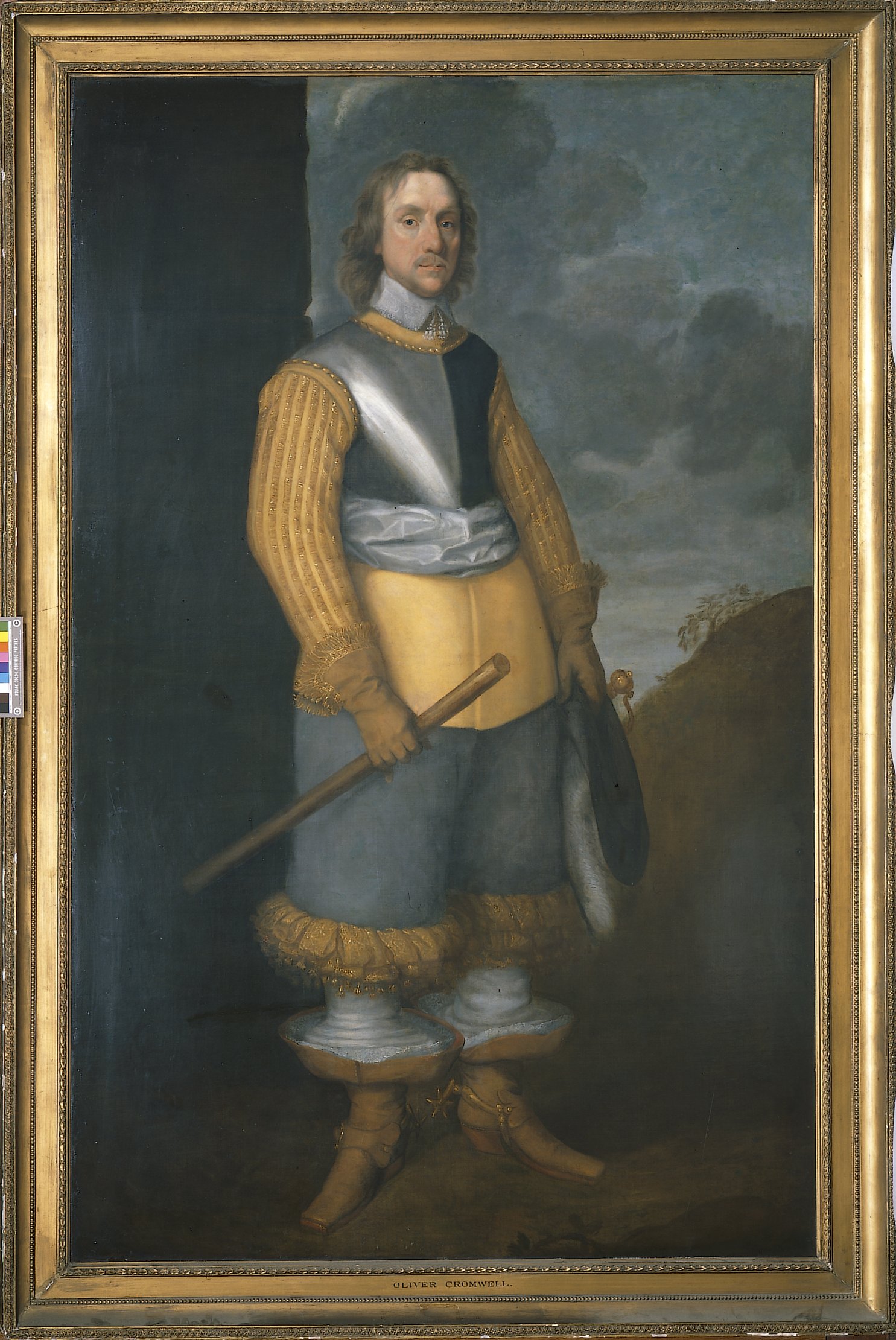Key Collections
The Cromwell Museum is home to the best collection in the world of items relating to Oliver Cromwell. We have a collection of nearly a thousand objects including paintings and works of art, arms and armour, personal items, written and printed documents, coins and medals and commemorative items relating to Cromwell’s life and times.
Around 70% of our collection belongs to the Museum; 10% is kindly loaned to us by other museums and institutions including the Royal Armouries, Cambridgeshire Archives and the Museum of London.
Just under 20% of our collection is on long term loan to us from the Bush family, Cromwell’s immediate descendants. We are very grateful for their ongoing support and kindness in sharing their incredible collection of items which have been handed down through the family over the last 370 years.
This section provides more information about just some of the highlights of the collection; most of the items here are part of our regular displays. We aim to be able to have a comprehensive searchable database of the entire collection accessible via this website over the next couple of years.
About a third of the Museum’s collection is on display at any one time; we welcome enquiries to view other items not currently on show by appointment. Please contact us for more details.
‘Cromwell leading his Cavalry into Battle’ by Abraham Cooper, c. 1860, Oil on Canvas.
This painting is almost certainly meant to show Cromwell in action at the Battle of Naseby in 1645. There are very few contemporary images of a Civil War battle, so most images of fighting from Cromwell’s time were, like this painting, produced in the Victorian period.
Portrait of Sir Oliver Cromwell, circle of Hieronimo Custodis, c.1580, Oil on Panel.
This late 16th century portrait depicts Sir Oliver Cromwell, uncle of Oliver Cromwell and then owner of Hinchingbrooke House as he was as a young man. Sir Oliver became a friend of King James I and regularly entertained him at Hinchingbrooke, virtually bankrupting himself in the process.
Portrait of Oliver Cromwell, Studio of Sir Peter Lely, Oil on Canvas.
This is one of several copies of the same portrait produced in Lely’s studio. This is thought to be the portrait for which Cromwell reputedly told the artist: “Mr Lely, I desire that you would use all your skill to paint my picture truly like me, and not flatter me at all; but remark all these roughnesses, pimples, warts and everything; otherwise I will never pay a farthing for it”.




